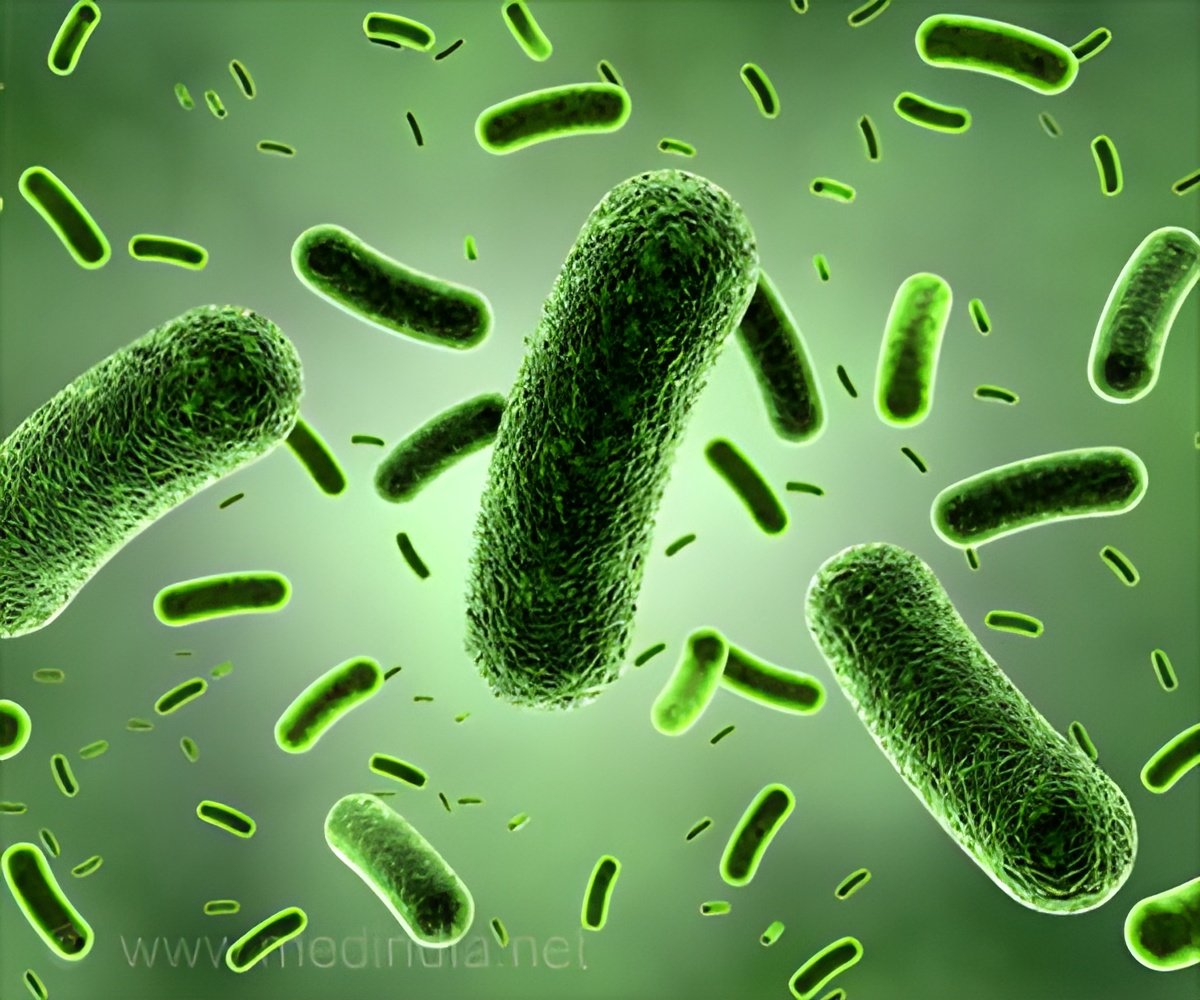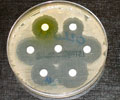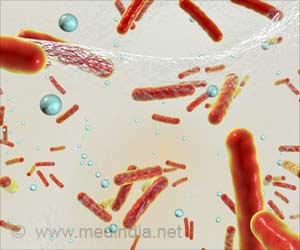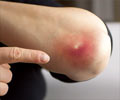
‘Bacteria become resistant to long-term antibiotic exposure by changing their shape- higher curvature and lower surface-to-volume ratio, thereby allowing fewer antibiotic particles to pass through their cellular surfaces as they grow.’
Read More..Tweet it Now
Adaptation is a fundamental biological process that drives living organisms to change their traits and behavior to better fit their environment. Even though antibiotics have helped cure and prevent bacterial infections, many species of bacteria have increasingly been able to adapt to resist antibiotic treatments resulting in antibiotic resistance.Read More..
The researchers mainly focused on the mechanics and physics behind various cellular processes, and a common theme in their work has been that the shape of a cell can have major effects on its reproduction and survival. In collaboration with the University of Chicago, the researchers studied how exposure to antibiotics affects the growth and morphologies of the bacterium Caulobacter crescentus, a commonly used model organism.
Banerjee said, “Using single-cell experiments and theoretical modelling, we demonstrate that cell shape changes act as a feedback strategy to make bacteria more adaptive to surviving antibiotics.”
The researchers found that bacteria dramatically changed their shape by becoming wider and more curved when exposed to less than lethal doses of the antibiotic chloramphenicol over multiple generations.
In conclusion the researchers said that the physical changes allow the bacteria to attain a higher curvature and lower surface-to-volume ratio, which would allow fewer antibiotic particles to pass through their cellular surfaces as they grow.
Advertisement
Source-Medindia















